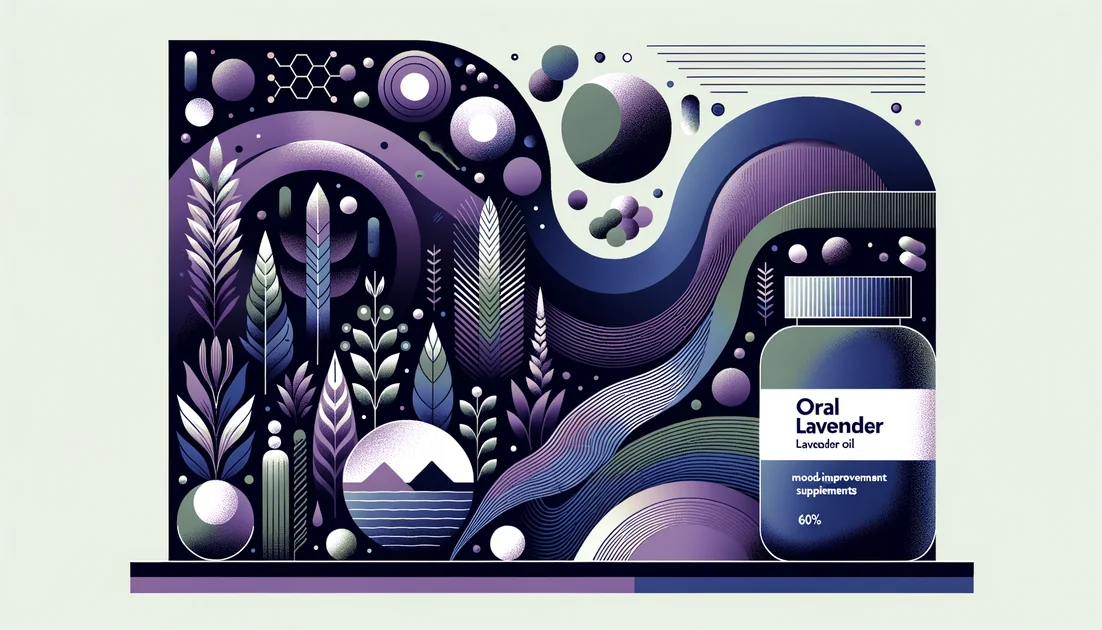
Top 7 Evidence-Based Recommendations
We read 120+ human studies and meta-analyses and prioritized actual outcomes (mortality, function, cardiovascular events) over hype. No affiliate fluff—just what moved the needle in randomized trials, with precise doses you can use today.
Quick Reference Card
Urolithin A 500–1,000 mg — better muscle endurance in 8–16 weeks [1]
Creatine monohydrate 3–5 g — strength/memory support, best with lifting [6]
Omega-3s (favor EPA) 1–2 g — small CV death drop, AFib risk ↑ [4] [5]
Vitamin K2 (MK-7) 180 mcg — modest arterial stiffness help (select) [16]
Ranked Recommendations
#1Selenium + Coenzyme Q10 (the KiSel-10 combo)Top Choice
The only supplement combo with RCT signals for lower long-term cardiovascular mortality
Dose: Selenium yeast 200 mcg/day + CoQ10 200 mg/day for 48 months; benefits persisted at 10-year follow-up
Time to Effect: Months; mortality signal seen across 4 years with durable 10-year benefit
How It Works
Evidence
In 443 older adults (70–88) with low selenium, 4 years of selenium yeast 200 mcg + CoQ10 200 mg cut cardiovascular mortality vs placebo (HR≈0.51) with benefits persisting to 10 years. Multiple mechanistic sub-studies (thiols, miRNA, metabolomics) align with reduced oxidative stress. Hypothesis-generating but the rare mortality signal in a supplement trial. [2] [3] [21]
Adults 60+ with low selenium intake (common in parts of Europe; test if unsure), seeking heart-centric longevity support
Selenium has a U-shaped risk—avoid >400 mcg/day chronically; CoQ10 may interact with warfarin (monitor INR).
#2Urolithin AStrong Alternative
The mitophagy switch for aging muscle (and likely mobility span)
Dose: 500–1,000 mg/day
Time to Effect: 6–16 weeks
How It Works
Evidence
People 50+ aiming to maintain muscle endurance/mitochondrial health—key to independence and survival
Generally well-tolerated; mild GI effects possible.
If you don't naturally convert pomegranate polyphenols to Uro-A, standardized Uro-A (500–1,000 mg) bypasses microbiome "non-producer" status. [19]
#3Creatine MonohydrateWorth Considering
The aging muscle and brain helper hiding in plain sight
Dose: 3–5 g/day (no loading needed)
Time to Effect: Days to weeks for strength; weeks to months for function/cognition
How It Works
Creatine buffers cellular ATP in muscle and brain, supporting strength, power, and possibly memory—functions tightly linked to healthy lifespan. [6]
Evidence
Adults 50+ doing resistance training or with low dietary creatine (plant-forward eaters)
May raise creatinine (lab artifact); consult if kidney disease.
Monohydrate is king—cheap, proven, and effective. Take anytime; pairing with training improves outcomes. [8]
#4Omega-3s (favor EPA-dominant)
Small but real cardiovascular risk reduction—mind the AFib trade-off
Dose: 1–2 g/day combined EPA+DHA with meals; if targeting CV risk, higher EPA-only doses are Rx territory
Time to Effect: 3–6 months for lipid/inflammation changes; event curves separate over years
How It Works
EPA/DHA modulate membrane signaling, inflammation, and thrombosis; EPA-only appears to drive more of the event reduction in trials. [4]
Evidence
People with elevated CV risk who accept a small AFib risk for small CV-death risk reduction
AFib risk rises with dose; discuss with your clinician if you have arrhythmia history.
Take with the biggest fat-containing meal for absorption. For evidence analogs to trials, choose concentrated EPA if advised by your clinician. [4]
#5GlyNAC (glycine + N-acetylcysteine)
Refuels glutathione and mitochondria; early human RCTs look promising
Dose: Glycine 3–6 g/day + NAC 3–6 g/day in divided doses in studies; practical start: 1.5–3 g of each twice daily with food
Time to Effect: 2–16 weeks
How It Works
Evidence
Placebo-controlled RCT in older adults (n=24) for 16 weeks: GlyNAC improved GSH, oxidative stress, mitochondrial dysfunction, inflammation, insulin resistance, endothelial function, and physical function measures; supportive dose-finding RCTs show improved redox status. Mortality data lacking. [10] [11] [12]
Adults 60+ with fatigue, metabolic or redox stress markers who tolerate NAC
NAC can cause nausea/heartburn; may interact with nitroglycerin.
Titrate up slowly and split doses; pair with protein/resistance training for functional gains.
#6Vitamin K2 (MK-7)
Arterial-stiffness helper in select groups—not a magic decalcifier
Dose: 180 mcg/day MK-7 in trials (multi-year)
Time to Effect: Months to years
How It Works
K2 activates matrix Gla protein, an inhibitor of vascular calcification; may modestly improve arterial stiffness in some populations. [16]
Evidence
Postmenopausal women with high arterial stiffness; those on long-term K-poor diets
Interacts with warfarin (contraindicated).
Use MK-7 with a meal containing fat. Don't expect reversal of valve calcification. [17]
#7NAD + precursors (NR, NMN) – cautious pick
They raise NAD+; hard clinical endpoints are scarce so far
Dose: NR: 300–1,000 mg/day; NMN: 250–600 mg/day in trials
Time to Effect: Weeks to months (biomarkers)
How It Works
Boost cellular NAD+, influencing sirtuins/redox and mitochondrial enzymes tied to aging biology. [13]
Evidence
NR safely raises NAD+ but pilot RCTs show mixed functional outcomes (e.g., no cognitive gain over 10 weeks in MCI; ongoing BP/arterial-stiffness trials). NMN trials report NAD+ rises and small gains in walking speed/sleep quality over 12 weeks, but a 24-week trial in very old men with diabetes showed no strength/speed benefit. Regulatory status for NMN in the US is unsettled. [13] [14] [15] [23] [24] [25]
Enthusiasts who value biomarker changes and accept uncertain clinical benefit
NMN's supplement status in the US is contested; availability varies. NR can cause mild flushing/nausea in some.
If you try this category, start with NR (clear US legality), track a personal endpoint (e.g., walking speed/grip strength) for 8–12 weeks, and stop if no benefit. [24]
Common Questions
What's the fastest-acting longevity supplement?
Creatine improves strength within weeks—especially with lifting. Urolithin A needs 6–16 weeks for endurance biomarkers. [6] [1]
Can supplements actually extend lifespan in humans?
We don't have definitive human lifespan trials. The rare mortality signal is selenium+CoQ10 for CV death in older adults; consider it hypothesis-generating but notable. [2]
Is NMN legal to buy in the US?
FDA said NMN doesn't qualify as a dietary supplement; availability is unsettled and varies by retailer. NR remains available. [12] [24]
Do omega-3s reduce death risk?
Meta-analyses show small CV-death reductions, but AFib risk rises—discuss with your clinician. [4] [5]
Should I take vitamin D for longevity?
Vitamin D has many uses, but RCTs don't show all-cause mortality benefit in generally healthy adults; a small reduction in cancer death is reported. [15]
Timeline Expectations
Combination Strategies
Heartspan stack
Components:Selenium 200 mcg (yeast) + CoQ10 200 mg + EPA-dominant omega-3 1 g
Targets oxidative stress/mitochondria (CoQ10/selenium) plus low-grade inflammation/thrombosis (EPA) for complementary cardiovascular risk effects. [2] [3] [4]
Morning with food for CoQ10/selenium; take omega-3 with your largest fat-containing meal.
Muscle & Mito stack
Components:Urolithin A 500–1,000 mg + Creatine monohydrate 3–5 g
Mitophagy activation (Uro-A) plus ATP buffering (creatine) supports endurance and strength—two mobility-span pillars. [1] [6]
Daily for 12–16 weeks; lift 2–3×/week. Timing flexible; consistency matters.
Redox Reboot
Components:GlyNAC (glycine + NAC) 3 g each twice daily + Vitamin K2 (MK-7) 180 mcg
Restores glutathione/mitochondrial function (GlyNAC) and may help arterial stiffness in select individuals (K2). [10] [16]
Split GlyNAC doses with meals; take MK-7 once daily with fat.
You might also like
Explore more of our evidence-led investigations, comparisons, and guides across every article style.

Country Life Vitamins (Country Life, LLC)
Country Life's Pattern: Early gluten-free leader with strong GMPs—but a modest R&D footprint and room to grow on transparency



Licorice Root (Glycyrrhiza spp.)
You're in the pre-op bay, moments from anesthesia, when the nurse hands you a small lozenge that tastes faintly of licorice. It isn't for nerves—it's to calm the throat you'll wake up with. In trials, licorice gargles or lozenges given before intubation have cut postoperative sore throat roughly in half. [3]


Tocotrienols
The stealthier cousins of vitamin E—built with springy tails that move differently in cell membranes and behave differently in your body.












